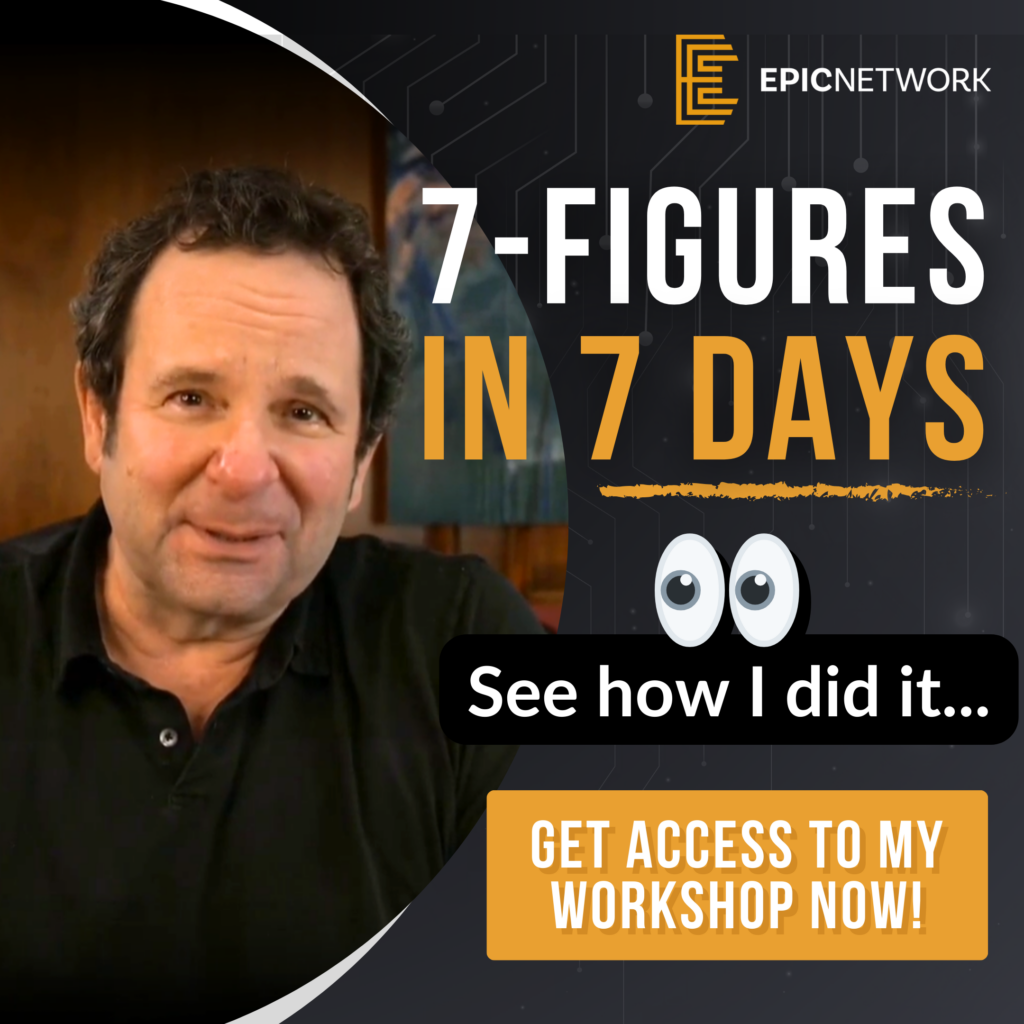
Negotiating the acquisition of a business requires a balance of strategy and finesse. One approach I use consistently is an invaluable private equity hack to anchor discussions around industry standards. Here’s how I navigate conversations with sellers to set reasonable expectations and ultimately secure favorable deals.
1. Begin with Industry Standards
The first step is to establish a baseline by referencing industry standards for valuation. For example, if businesses in a particular sector typically sell for 2x to 3x their profit, I make sure to present that as a benchmark during the conversation. By anchoring expectations to an objective measure, you establish credibility and shift the discussion away from inflated or emotional valuations.
2. Dive into Due Diligence
Once I’ve set the industry standard as the baseline, due diligence becomes my tool for negotiating downward. As I dig into the details, I often uncover challenges that justify lowering the valuation—whether it’s operational inefficiencies, outdated processes, or unmet growth targets. These findings create a natural pathway to adjust the price while keeping the conversation rooted in the data.
3. Starting Low with the Anchor
When dealing with sellers who haven’t expressed a specific valuation, I like to establish a low anchor. I’ll often say something like, “Deals like this typically sell between 1x and 1.5x profit.” This approach ensures I’m starting at a place where I’m comfortable negotiating upwards if necessary.
Interestingly, many sellers have accepted this range without objection. It’s important to remain flexible, but starting low creates room for movement while anchoring expectations in your favor.
4. Responding to “Pie-in-the-Sky” Expectations
If a seller begins the conversation with an overly ambitious valuation, my strategy shifts. In these cases, I still reference industry standards to gently bring them down to a more reasonable range. For example, I might say, “While I understand your perspective, companies in your space typically sell for X times profit. That’s where we’d need to be.”
By presenting this calmly and confidently, I’ve found sellers are more likely to reconsider their expectations and engage in productive negotiations.
5. Presenting Your Offer
Phrasing matters. When I present an offer, I position it within the broader context of market data. For example:
- “Typically, companies like yours sell between 1x and 1.5x profit.”
- “Given what we’ve discussed, this range is where we’d feel comfortable.”
This approach frames your offer as a logical conclusion rather than an arbitrary number, which can reduce resistance.
6. The Power of Listening and Flexibility
One critical aspect of these discussions is truly listening to the seller’s response. If they express concerns or counter with their own rationale, I’m open to exploring solutions. For instance, creative deal structuring—like deferred payments or earnouts—can bridge valuation gaps while addressing their needs.
Final Thoughts on Private Equity Hack
Negotiating business acquisitions is about finding the balance between your objectives and the seller’s expectations. By leveraging industry standards, establishing low anchors, and conducting thorough due diligence, you can set the stage for a deal that works for everyone involved.
Additional Private Equity Hack Resources:
- Guide to Mastering Creative Deal Structures
- Scaling Your Acquisitions Effectively
- How to Value a Business Correctly
Ready to explore acquisition strategies that fit your needs?
Book a Free Strategy Session with the EPIC Network to discover customized solutions to support your success.










